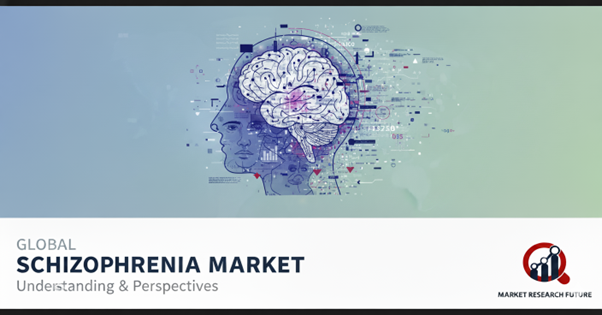The Future of Schizophrenia Treatment and Its Persistent Challenges

Overview of Care for Schizophrenia
Schizophrenia is a permanent mental illness that needs to be carefully managed and treated with ongoing therapy. Medication, developmental therapy, and occasionally hospitalization are all part of the treatment. Patients are frequently assisted in their recovery by a multidisciplinary team that includes nurses, social workers, counselors, and psychiatrists. When all facets of therapy are combined under one roof, comprehensive care is most successful.
Obstacles to Treatment
Medication noncompliance is a serious problem that frequently results in relapse, a lower quality of life, and a higher risk of self-harm. Schizophrenia usually requires long-term care, and symptoms often return when medication is stopped. Patients continue to face difficulties even after receiving consistent treatment, highlighting the significance of adherence and routine monitoring.
The effects of COVID-19
Access to care for people with schizophrenia was impacted by the pandemic's disruption of mental health services globally. Patients who depended on routine therapy faced obstacles due to lockdowns and fewer in-person appointments. Although telehealth services have become more widely available in many nations, adoption is still unequal, with higher-income regions integrating more than lower-income ones. The pandemic brought attention to the critical need for more financing and resources for mental health services around the world.
New Solutions
By filling in the gaps caused by limited access to in-person treatment, telehealth has become an essential tool for maintaining continuity of care. Enhancing adherence to antipsychotic treatments via clinician involvement, community support, and patient-centered approaches is also essential. In an effort to improve treatment results and patient quality of life, research and data on best practices are constantly changing.
The Prospects of Treating Schizophrenia’
It is anticipated that future treatments will transcend conventional dopamine-focused medication. In order to provide targeted intervention, researchers are investigating domain-specific approaches that divide schizophrenia into distinct psychopathology areas. Personalized and targeted treatment plans have the potential to revolutionize patient care, increasing the efficacy of management and enhancing long-term results for individuals with schizophrenia.
In Conclusion
Treatment of schizophrenia is complicated by changes in patient needs, systemic disruptions, and medication adherence. But there is hope for more accessible and efficient treatments in the future thanks to advancements in telehealth, patient-centered care, and focused research.

Leave a Comment